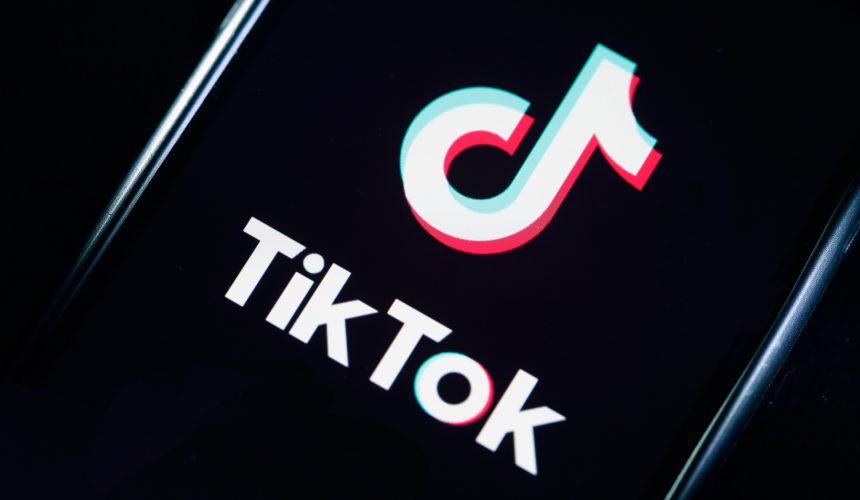
CoCa-Cola: 134 years of sterling brand consistency and currency
Just as being good looking supposedly gives people an advantage in life, brands experience perks from having high levels of brand equity. Essentially, with strong brand equity, it becomes much easier to open doors, and taking steps to building its brand equity, and consistently measuring its progress, has increased sales and prestige for the Coca-Cola brand for over a century.
The history of Coca-Cola began in 1886 when the curiosity of an Atlanta pharmacist, Dr. John S. Pemberton, led him to create a distinctive tasting soft drink that could be sold at soda fountains.
However, the first marketing efforts in Coca-Cola’s history were executed through coupons promoting free samples of the beverage. Considered an innovative tactic back in 1887, couponing was followed by newspaper advertising and the distribution of promotional items bearing the Coca-Cola script to participating pharmacies. With these marketing and branding foundation laid out for the brand, Coca-Cola has never sold a drink in a bottle, but rather sells “happiness” in a bottle.
According to Thomson Reuters and Interbrand, 75% of an average corporation’s value is now intangible (three decades ago it consisted of 95% tangible assets).
This means, if a brand doesn’t have recognition among consumers and does not have customers willing to recommend it, its owners won’t be able to maximise its value. Coca-Cola’s brand personality reflects its positioning and many people see it as a part of their daily life. This similarity between the brand and the consumer leads to a high degree of loyalty and makes the purchasing decision easier.
Coke is one brand which is recognised by everyone around the globe and it has remained one of the most persistent and well-loved brands in history. The reason in part is its strong advertising and marketing which is why it’s always on top of its game, after having been in the market for more than a century.
Social currency is a common concept that refers to the positive influence of particular brands, services, or interests in social circles and communities. As a result of its currency status, Coke no longer sells consumers the drink in a bottle, but the experience and lifestyle associated with its brand.
Today’s consumers, particularly millennials, expect companies to do right and have a bigger purpose beyond making money, and Coca-Cola has also been consistent in its target to collect and recycle the equivalent of all its packaging by 2030 in order to make planet earth a healthy place to live.
If there are any lessons young brand custodians and owners should learn from the brand Coke in the last 134 years, it is that Coca-Cola has built its business using a universal strategy based on three timeless principles:
Acceptability – through effective marketing, ensuring Coca-Cola brands are an integral part of consumers’ daily lives, making Coca-Cola the preferred beverage everywhere.
Affordability – Coca-Cola guarantees it offers the best price in terms of value for money.
Availability – making sure that Coca-Cola brands are available anywhere people want refreshment, a pervasive penetration of the marketplace.



Comment
No comments found.